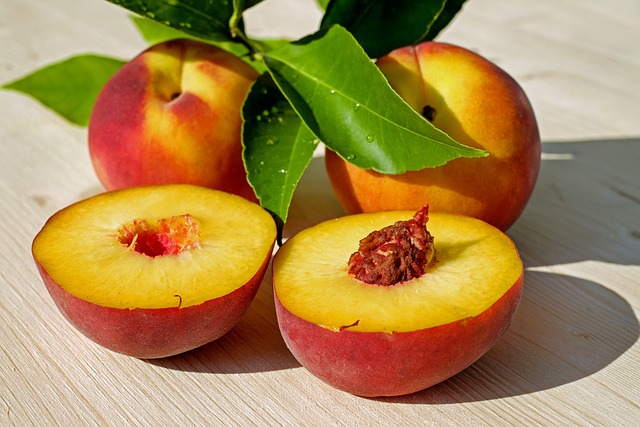From Farm to Gut: The Science of How Probiotics are Made and Marketed
Probiotics have gained popularity over the past few years as people have become more aware of the importance of gut health. Probiotics are live microorganisms that are believed to provide health benefits when consumed. They are commonly found in fermented foods such as yogurt, kefir, and kimchi, and can also be taken in supplement form. But how are probiotics made and marketed? Let’s take a closer look.
Probiotic Strains
Probiotics are made up of different strains of bacteria, each with unique characteristics and benefits. The most common probiotic strains include:
- Lactobacillus acidophilus: found in the digestive, urinary, and genital systems, may help with lactose intolerance and digestion
- Bifidobacterium bifidum: found in the large intestine, can help regulate the immune system and aid in digestion
- Streptococcus thermophilus: found in milk and dairy products, can help with lactose intolerance and digestion
- Lactobacillus rhamnosus: found in the gut and urinary tract, can help with diarrhea and other gastrointestinal issues
Probiotic Production
Probiotics are produced in a variety of ways, depending on the strain and intended use. Here are some common methods:
- Fermentation: This is the process by which bacteria are grown and cultured. Live bacteria are added to a medium, such as milk or soy, and allowed to grow and multiply. The end result is a product that contains high levels of live bacteria. This method is commonly used to produce yogurt, kefir, and other fermented foods.
- Freeze-drying: This method involves removing all the moisture from the bacteria, which extends its shelf life and allows it to survive better in the digestive tract. The bacteria is frozen and then exposed to a vacuum, which removes all the water. The end result is a dry, powdery substance that can be added to supplements or foods.
- Molecular biology: This method involves genetic engineering to modify the bacteria and produce certain strains with specific characteristics.
Marketing of Probiotics
Probiotics are marketed as a way to improve gut health, boost immunity, and treat various health conditions such as diarrhea and irritable bowel syndrome. However, not all probiotics are the same, and not all have been scientifically proven to be effective. Here are some things to consider when purchasing probiotics:
- Strain: Look for a product that contains specific strains of bacteria that have been shown to be effective for your health concern.
- CFUs: CFUs, or colony-forming units, indicate the number of viable bacteria in a product. Look for a product with a high CFU count for maximum effectiveness.
- Purity and potency: Make sure the product is free from contaminants and other fillers that may dilute the product’s potency.
- Expiration date: Make sure the product is not expired, as this can affect the viability of the bacteria.
Conclusion
Probiotics are an important part of maintaining gut health and overall wellness. By understanding how they are made and marketed, you can make informed decisions about which probiotics are right for you. Consider factors such as strain, CFUs, purity, potency, and expiration date when purchasing probiotics and always consult with your healthcare provider before starting any new supplement regimen.







